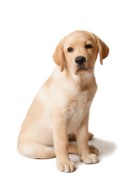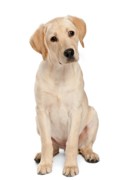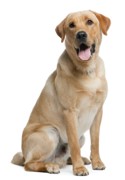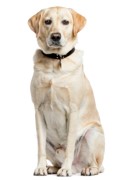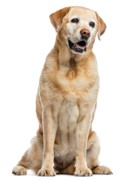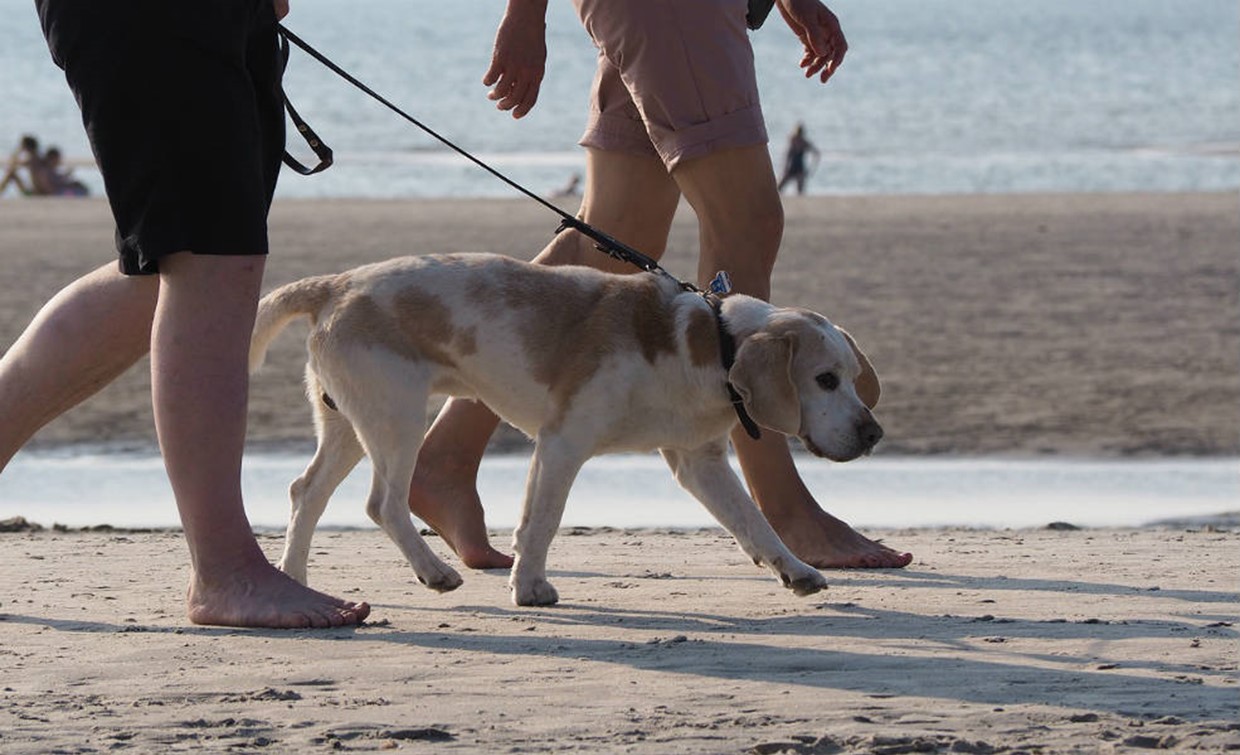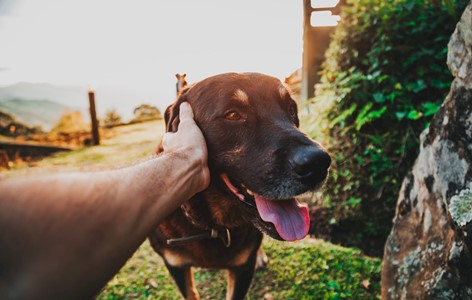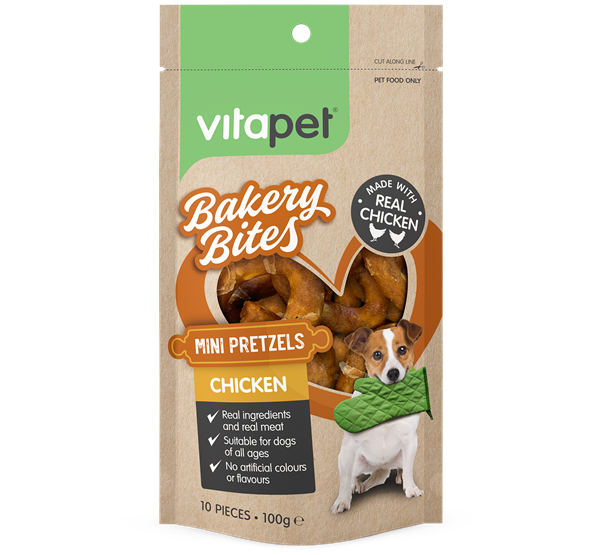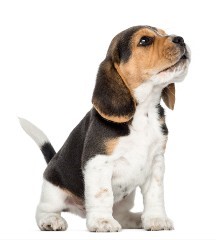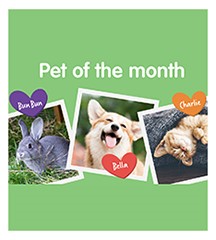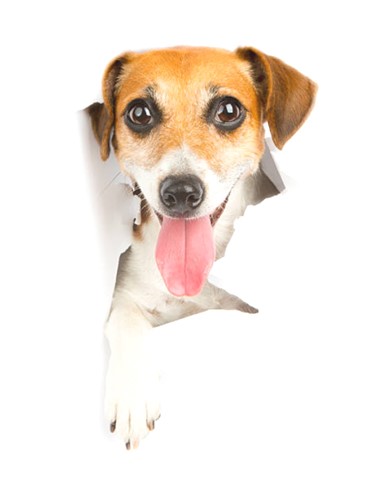It’s one the great pleasures of having a four-legged best mate: heading outside into the crisp, fresh morning air with them by your side, and going for a walk. The sun’s coming out, birds are chirping, it’s like your steps are perfectly in sync – well, that’s the dream anyway. The reality is, it requires training to teach a young pup how to get there and prevent them from rocketing down the road and pulling us along like a sled dog. Here are a few tips to help you get there.
1. Pace Yourself
As much as dogs can be like their owners, they’ll never think of a walk the way we do. Try shifting your thinking from rushing for a purpose, travelling from A to B or for undertaking a defined unit of ‘exercise’ to taking your dog for a casual stroll. This will allow your puppy to be just who and what they are: dogs. You might just find the casual pace and direction is a pleasant change for yourself too.
2. Let them Follow their Nose
Have you ever gone on an evening stroll and just wandered off the main road to take the scenic route home? Sometimes we just want to take things in. Puppies are exactly the same, but instead of sight, their main sense is smell. We take the scenic route, they take the scented one. On your next walk, encourage them to go along slightly ahead or behind you and have a sniff as they please. This throws your best friend’s mind into overdrive: and they love it! When they sniff, they’re gathering heaps of useful information about their environment and the bonus is that all of this stimulation helps them feel fulfilled after their time out.
Many say that casually observing the markings and smells of other dogs leads to greater acceptance of the world as a shared space; that it helps prevent your dog from becoming overly territorial.
In fact, one of the main calming activities for a dog is sniffing, so when you find yourself pulling your dog along, remember to stop to smell the roses.
3. Make the Lead Work for You
Just because you put a lead on your dog doesn’t mean they can read your mind to understand what you want them to do or where to go. Treat every walk as a training session for the both of you and use the lead as a way to reinforce what you want your dog to do.
A slight pull on the lead, combined with a verbal cue will help them understand what you’re trying to achieve.
However, remember to always be gentle. Better yet, encourage and reinforce good behaviour with a tasty, small training treat. This tells your puppy they’re doing the right thing.
4. Launching the Walk
Your dog’s going to get excited right when they leave home, and why wouldn’t they, adventure is calling! But if they get a little over-excited, try the tips above to settle them into the walk. If either you or your best friend is becoming stressed, or if communication isn’t flowing between you to ensure you’re both in a relaxed, casual state, then don’t be disappointed to bring the walk to an end. There’s nothing worse than allowing stress or anxiety to come in between your special relationship – and there’s always tomorrow to look forward to.
5. Don't forget to Relax
You wouldn’t go for a long run, pump yourself up and then immediately keep going about your day afterwards without a little rest first. The same goes for your pup. Being full of the recent smells, sounds, sights, and often tastes, of the outside world, means their (and your) brain needs some time to process.
So make sure your best friend doesn’t return to a loud, busy, distracting and mega-active environment. Instead, a quiet space and predictable circumstances can help settle and comfort our pup. Having their favourite blanket, bed or a long-lasting chews treat can contribute to the soothing effect
Remember that a walk is often the highlight of your best friend’s day – especially if you’ve been busy or away. Using the steps above you can better walk in sync and take the pressure off.
It’ll turn walking your furry friend from a daily chore, into something you enjoy together.






